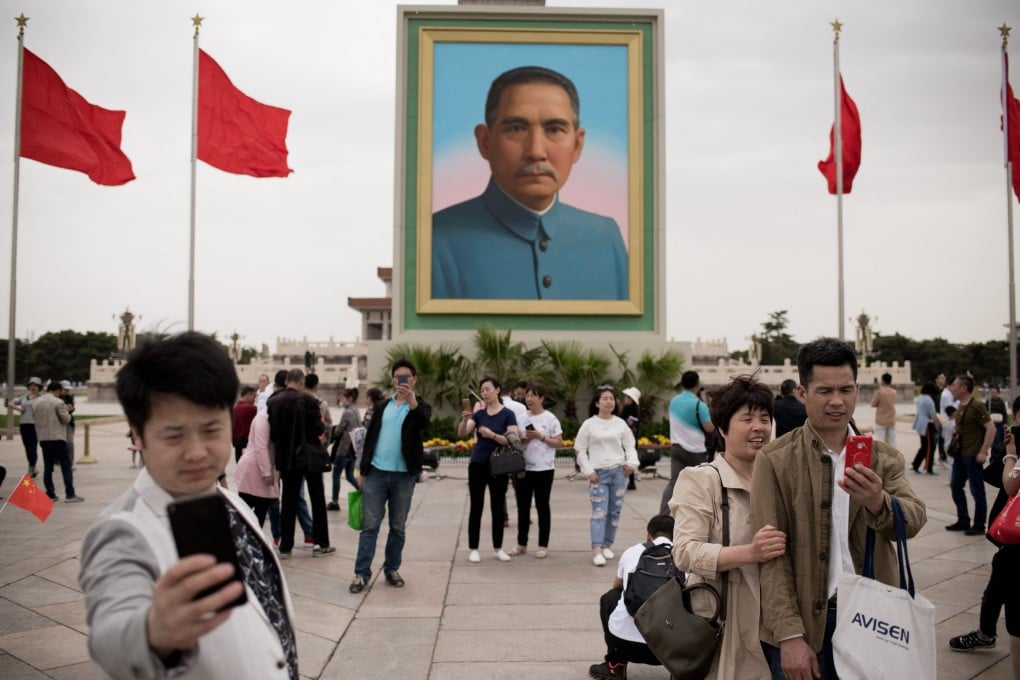Explainer | What was the revolution that led to the first Chinese republic? And how does the Communist Party view it today?
- The Xinhai revolution started 110 years ago and saw the end of the Qing dynasty and the birth of a new China
- Reformers grew impatient at the pace of change after years of internal uprisings and defeats at the hands of foreign powers

Sunday is the 110th anniversary of China’s 1911 revolution, also known as the Xinhai revolution, an uprising that began in Hubei province and marked the end of more than 2,000 years of imperial rule and the beginning of a new China.
What was the revolution?
After a series of failed uprisings, the revolution began in 1911, a year known as Xinhai in the traditional Chinese calendar, and saw the fall of the last imperial dynasty, the Qing.
The 275-year, Manchu-dominated empire had been stagnating in its final decades, falling behind Western imperial powers and the modernising Japanese state in areas such as commerce, industry and the military.
These years were marked by a series of civil conflicts and military defeats at the hands of Western powers and Japan, and although these reverses prompted a series of attempted reforms, it was too little too late.
Some reformist intellectuals, led by Kang Youwei, wanted a constitutional monarchy but others, including Sun Yat-sen and educator Cai Yuanpei, wanted a Chinese republic and formed multiple revolutionary groups.